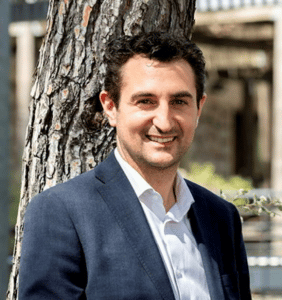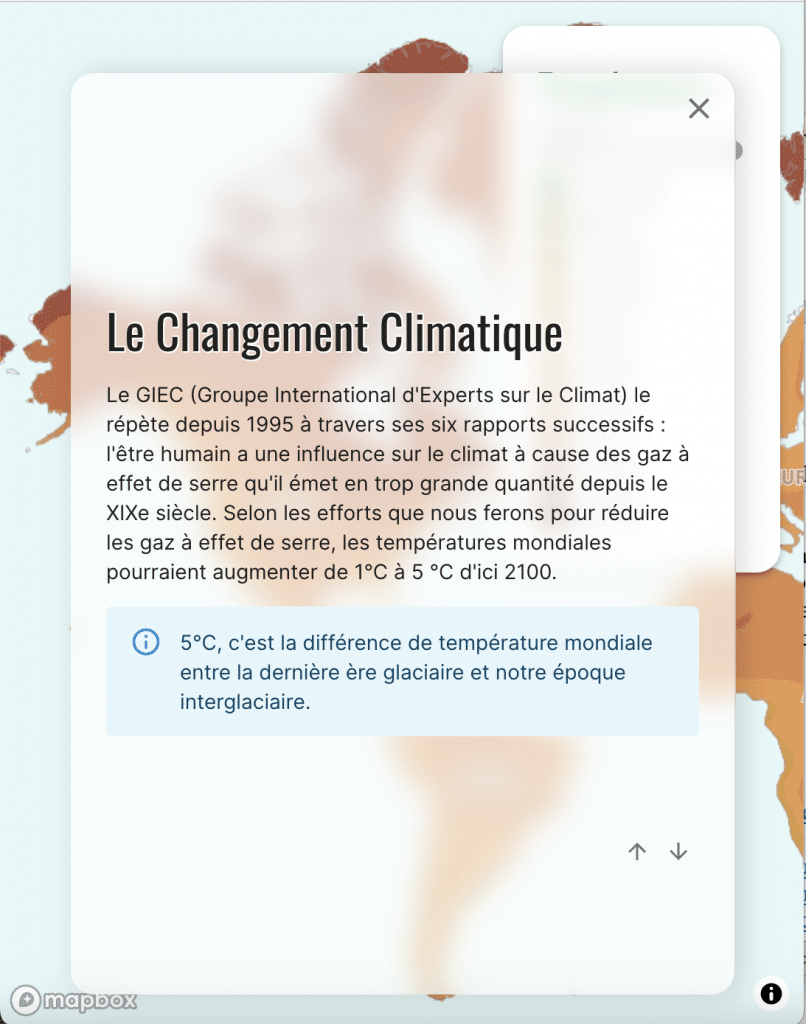Actualités
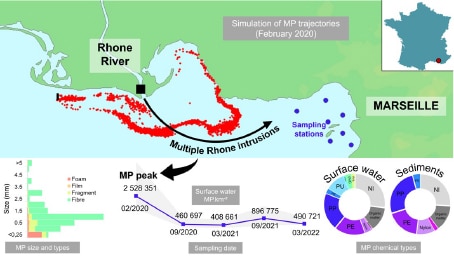
Les microplastiques dans le Baie de Marseille
Influence of the Rhone River intrusion on microplastic distribution in the Bay of Marseille, Alcaïno et al, 2024, Regional Studies in Marine Science La contamination ubiquiste des matrices environnementales par
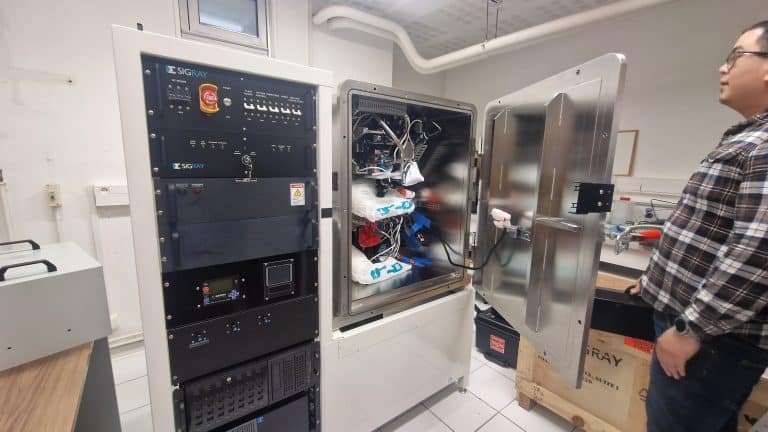
Réception d’ATTOMAP 310 au CEREGE
Dans le cadre du projet IMAGINE2 (plateforme nationale d’IMagerie et d’Analyse pour Guider l’INnovation face à la transition Environnementale et Énergétique), le CEREGE héberge aujourd’hui dans ses murs l’ATTOMAP 310,
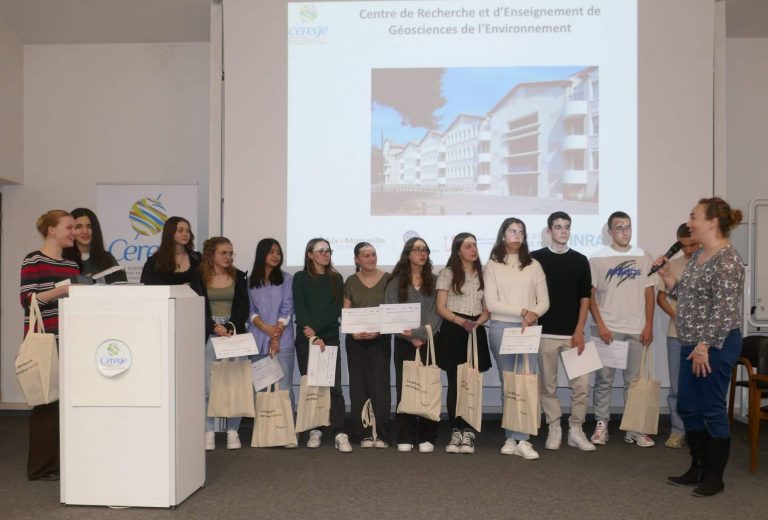
Olympiades des Géosciences au CEREGE
Ce mercredi 3 avril s’est tenu le palmarès et la remise des prix des Olympiades Académiques de Géosciences 2024 au CEREGE Arbois avec la participation des jurys: Françoise Chalié, Chargée
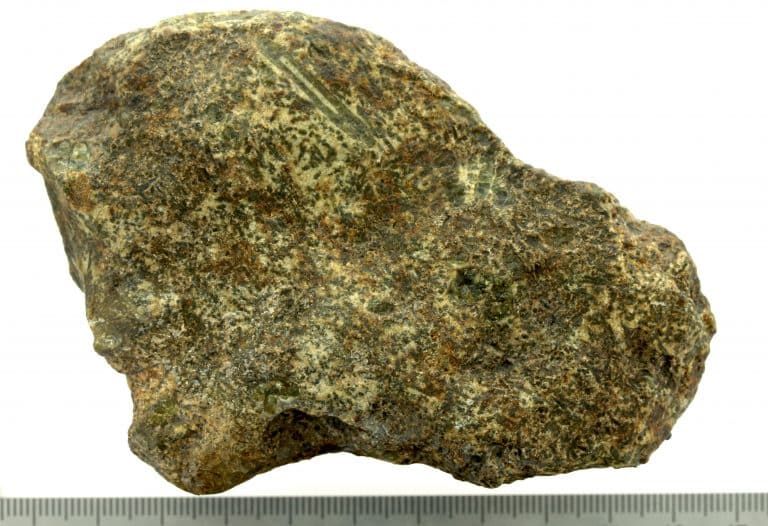
Météorite : un enregistrement magnétique vieux de 4 565 Ga
La météorite Erg Chech 002 est issue d’une éruption qui s’est produite sur un astéroïde il y a 4,565 milliards d’années. En l’étudiant des chercheurs du Centre de Recherche et
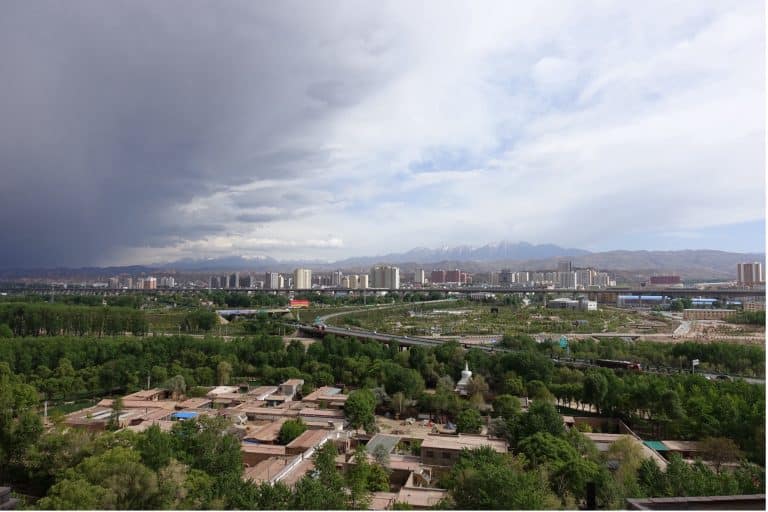
Comment notre avenir sera-t-il façonné par le changement climatique global ?
Dans le but de mieux appréhender notre futur, une collaboration internationale, à laquelle ont participé des chercheurs du Centre de Recherche et d’Enseignement en Géosciences de l’Environnement (AMU/CNRS/IRD/INRAE/Collège de France),
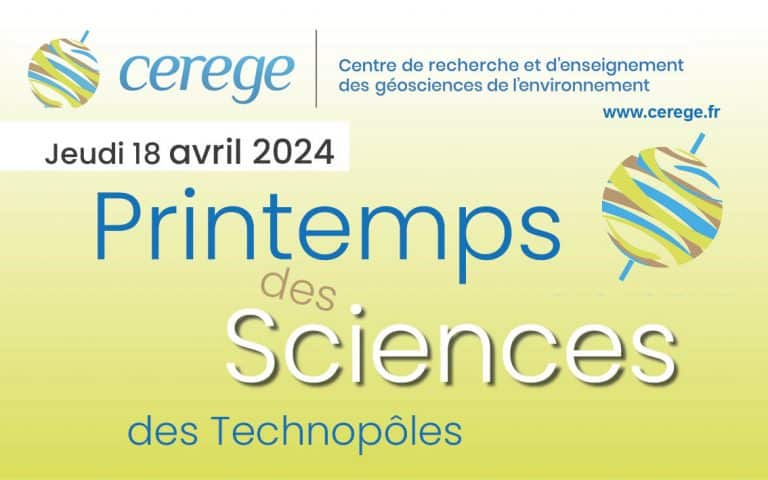
Le Printemps des Sciences des Technopôles de l’Arbois et Château-Gombert
Fort du succès de sa première édition, le Printemps des Sciences donne rendez-vous aux élèves du secondaire ce jeudi 18 avril 2024, sur les technopôles Arbois-Méditerranée (Aix-en-Provence) et Château Gombert
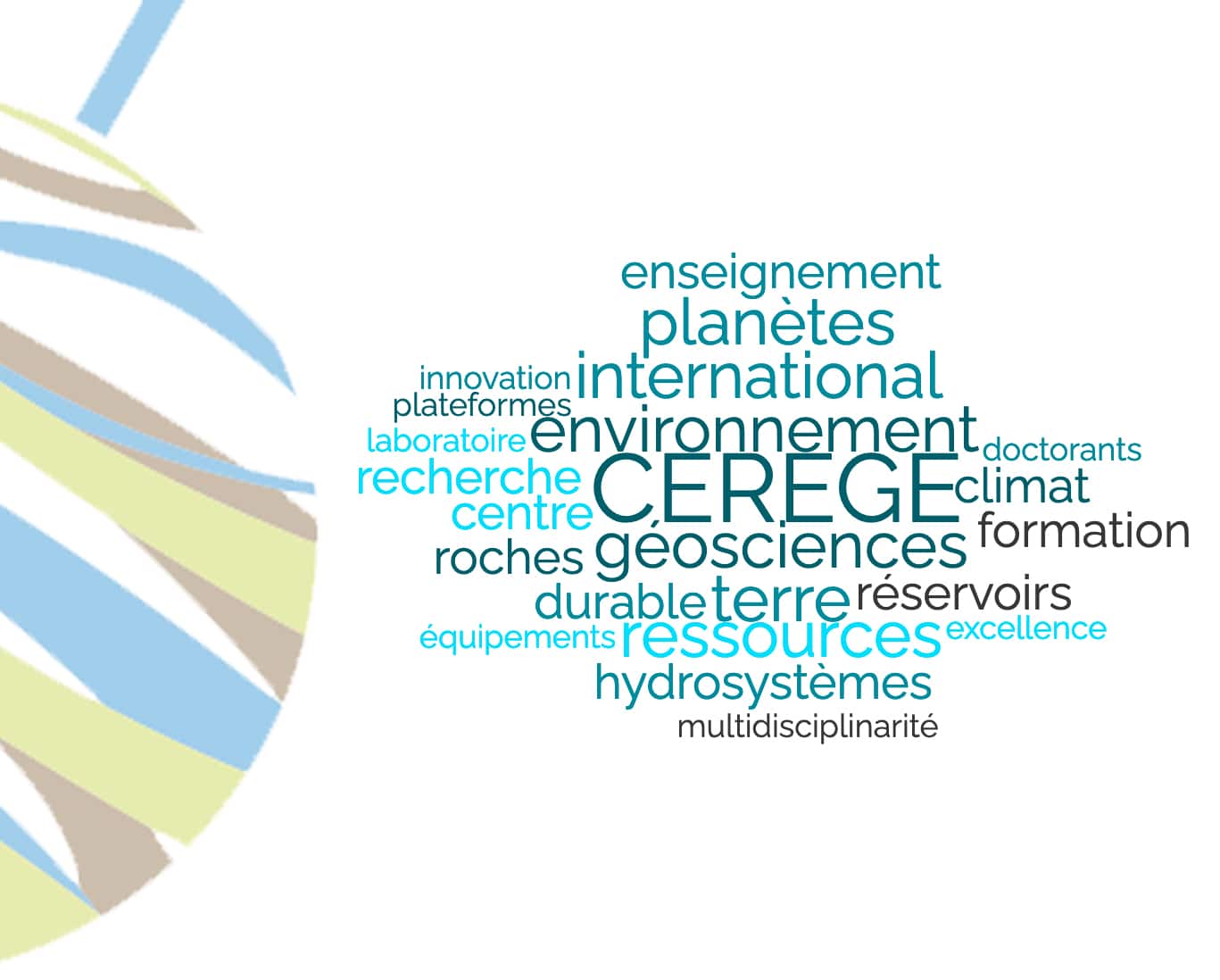
Centre de Recherche et d’enseignement multidisciplinaire international, le CEREGE couvre quasiment l’ensemble des Géosciences de l’Environnement, avec un objectif : étudier la dynamique des processus environnementaux et leurs perturbations sous contrainte naturelles ou anthropiques.
« Le CEREGE, avec 278 personnels, dont 138 permanents, est une unité de recherche majeure dans le paysage scientifique français. » HCERES 2023
Pôle d’excellence de par ses compétences humaines et ses capacités instrumentales, les recherches du CEREGE s’appuient sur des laboratoires et plateformes analytiques, des collaborations inter-équipes et un large réseau de collaborations nationales et internationales. Les équipes-thématiques s’appuient sur des laboratoires de pointe, un champ d’expertise multiple et complémentaire, alliant techniques de l’observation du terrain à l’expérimentation analytique et la modélisation numérique.
Le CEREGE propose des formations de l’UFR Sciences et de l’OSU Institut Pythéas depuis la Licence jusqu’au Master et Doctorat.
Joël Guiot, paléoclimatologue au CEREGE, auteur dans le rapport spécial du GIEC sur un réchauffement de +1,5°C, a participé à l’élaboration du simulateur SimOn
